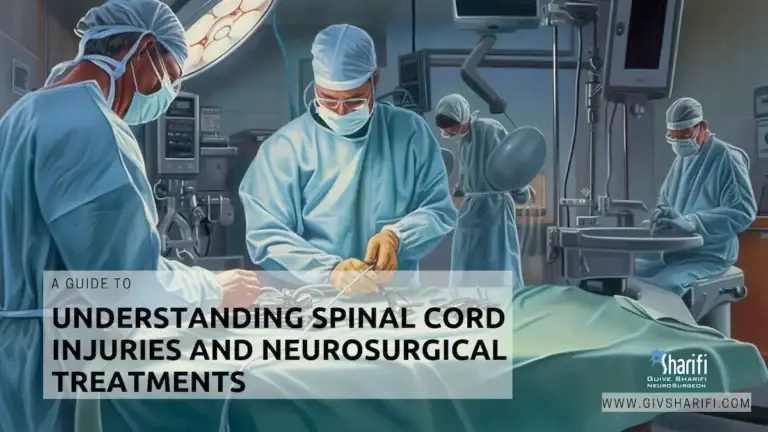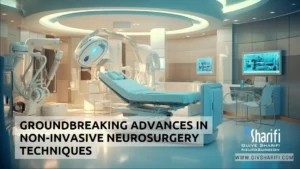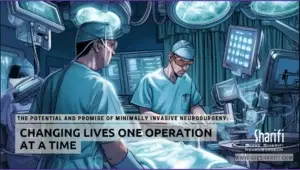Spinal cord injuries are some of the most severe injuries one can sustain. They can result from a wide range of events, from car accidents to sports injuries. Regardless of the cause, spinal cord injury can have devastating consequences on the victim’s quality of life.
This guide will explore everything you need to know about spinal cord injury and neurosurgical treatments that can help manage or even reverse the damage.
Understanding Spinal Cord Injuries
The spinal cord is a long, thin, tubular bundle of nervous tissue that runs from the base of the brain to the lower back. It plays a critical role in transmitting signals between the brain and the rest of the body. Spinal cord injury occur when the spinal cord is damaged, leading to a loss of function or feeling below the level of the injury.
Maybe this article is attractive to you: The Future of Brain Surgery: Advancements and Innovations
Spinal cord injuries are classified as complete or incomplete. A complete spinal cord injury results in a total loss of function and sensation below the level of the injury. In contrast, an incomplete spinal cord injury results in some remaining function and sensation below the level of the injury.
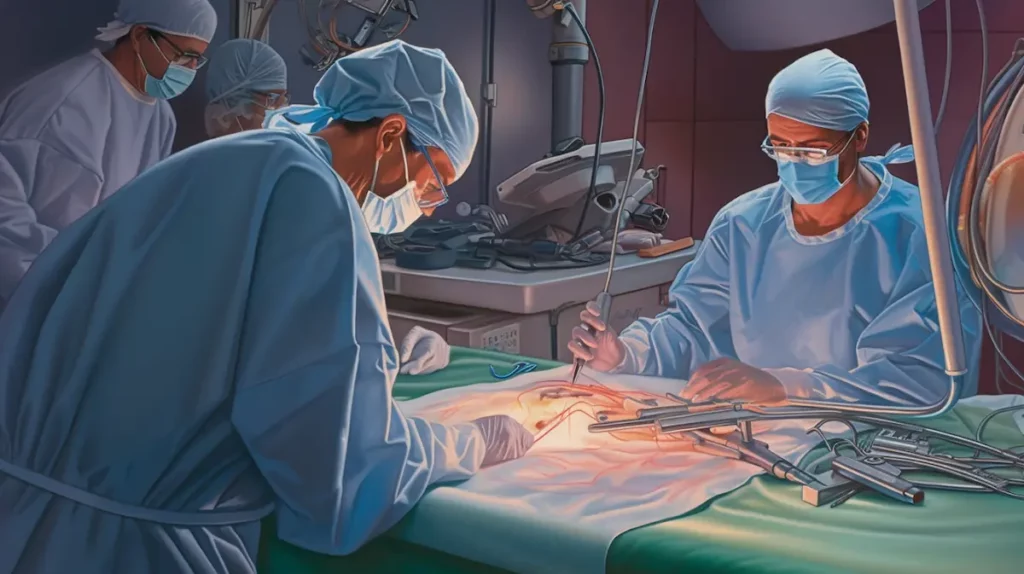
Neurosurgical Treatments for Spinal Cord Injuries
Neurosurgery is a medical specialty that diagnoses and treats nervous system disorders, including spinal cord injuries. Several neurosurgical treatments are available for spinal cord injury, including:
- Decompression surgery: This procedure involves removing pressure from the spinal cord by removing herniated disks, bone spurs, or other sources of pressure.
- Spinal fusion: This procedure aims to stabilize the spine by fusing two or more vertebrae together.
- Artificial disk replacement: This procedure involves replacing a damaged disk in the spine with an artificial one.
- Electrical stimulation: This procedure uses electrical impulses to stimulate nerves in the spinal cord, improving muscle control and sensation.
The type of neurosurgical treatment recommended will depend on the severity and location of the injury.
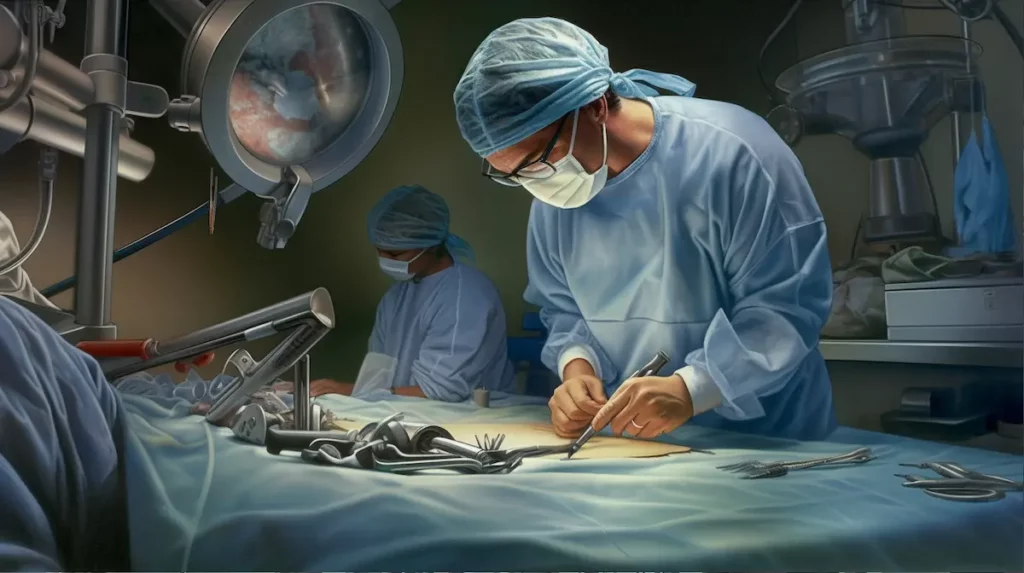
Conclusion
Spinal cord injuries can have a severe impact on a person’s life. However, with proper treatment, many people can recover some function and improve their quality of life. Neurosurgical treatments for spinal cord injury have come a long way in recent years, and new treatments are being developed all the time.
If you or someone you know has suffered a spinal cord injury, it’s essential to seek medical attention as soon as possible. The sooner treatment begins, the better the chances of recovery.
All the photos in this article are generated by AI.
